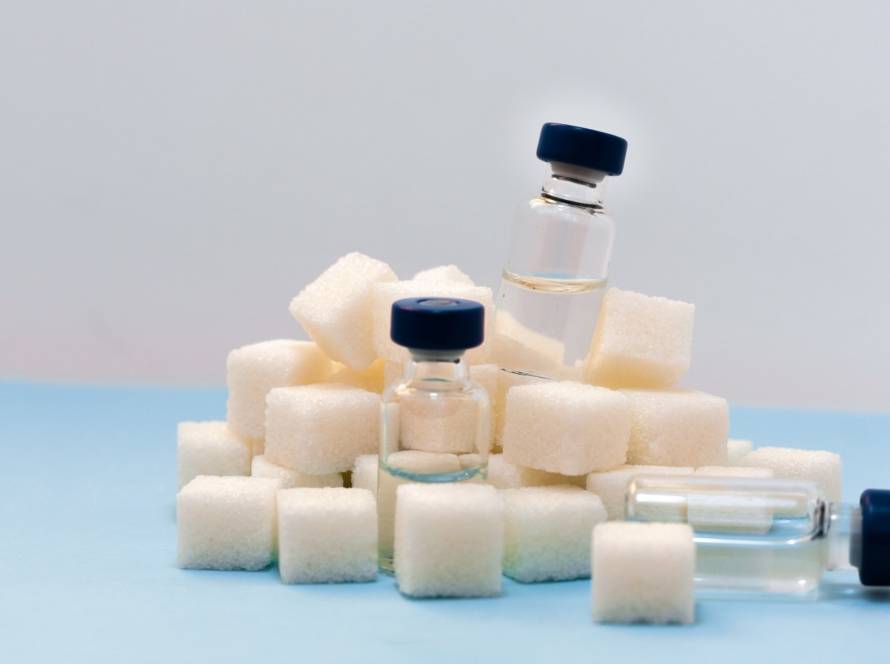Homeostasis is the process by which the body maintains a stable internal environment despite changes in the external world. It involves a dynamic balance of temperature, pH, hydration, energy levels and countless other physiological variables. For longevity and health, maintaining homeostasis is essential because even small disruptions can, over time, lead to dysfunction, disease or accelerated aging.
From body temperature to blood sugar, from calcium levels to fluid balance, homeostasis helps ensure that biological systems operate within optimal ranges. It is not a static state but a responsive and flexible system of regulation that adapts constantly.
How homeostasis works
The body maintains homeostasis through feedback loops. These can be negative or positive, though most are negative feedback loops that work to correct deviations from a set point. For example, if body temperature rises, the body initiates cooling mechanisms like sweating and vasodilation to bring the temperature back down. If glucose levels fall, hormones like glucagon are released to raise them again.
These processes are orchestrated by a complex interaction between the nervous system, endocrine system, and local tissue responses. Key players include the hypothalamus, pituitary gland and autonomic nervous system.
Examples of homeostatic mechanisms
- Temperature regulation: when the body is too hot or cold, mechanisms like shivering or sweating help stabilize core temperature;
- Blood sugar control: insulin and glucagon regulate glucose uptake and release;
- Fluid balance: kidneys adjust water reabsorption to maintain hydration and electrolyte levels;
- Acid-base balance: the lungs and kidneys manage blood pH by adjusting levels of carbon dioxide and bicarbonate;
- Oxygen delivery: red blood cell levels and respiratory rate respond to oxygen needs.
Homeostasis and aging
As we age, the efficiency of homeostatic systems often declines. The body becomes slower or less accurate in its responses. For example, older adults may be more sensitive to heat or cold because their thermoregulation is weaker. Blood sugar control may falter, contributing to insulin resistance or type 2 diabetes. Even immune regulation becomes less precise, leading to chronic inflammation or a weaker response to infection.
This loss of homeostatic balance is one of the hallmarks of biological aging. Supporting these systems through lifestyle, nutrition, and medical care becomes increasingly important as we grow older.
Supporting homeostasis for longevity
- Regular physical activity improves metabolic and cardiovascular stability;
- Balanced nutrition supports hormonal, electrolyte and energy regulation;
- Quality sleep restores nervous and immune system balance;
- Stress management reduces overactivation of homeostatic pathways, like cortisol production;
- Hydration, temperature control and routine medical checks also help detect and correct imbalances early.
By consistently supporting homeostasis, we reduce the wear and tear on biological systems and increase our resilience to internal and external stressors.
Homeostasis is the body’s constant effort to stay balanced. It keeps us alive and functioning, adjusting to daily stress, environmental change, and metabolic demands. As we age, this balancing act becomes more difficult, but also more important. Protecting and supporting homeostasis is fundamental to sustaining long-term health and vitality.


